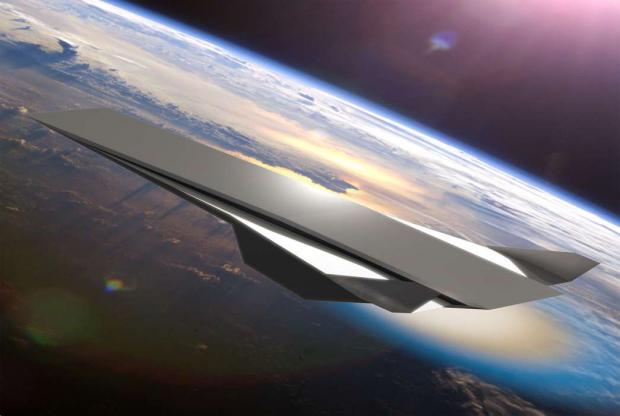
Breaking News
 2 Hours of Retro Sci-Fi Christmas Songs | Atomic-Age Christmas at a Snowy Ski Resort
2 Hours of Retro Sci-Fi Christmas Songs | Atomic-Age Christmas at a Snowy Ski Resort
 Alternative Ways to Buy Farmland
Alternative Ways to Buy Farmland
 LED lights are DEVASTATING our bodies, here's why | Redacted w Clayton Morris
LED lights are DEVASTATING our bodies, here's why | Redacted w Clayton Morris
Top Tech News
 Travel gadget promises to dry and iron your clothes – totally hands-free
Travel gadget promises to dry and iron your clothes – totally hands-free
 Perfect Aircrete, Kitchen Ingredients.
Perfect Aircrete, Kitchen Ingredients.
 Futuristic pixel-raising display lets you feel what's onscreen
Futuristic pixel-raising display lets you feel what's onscreen
 Cutting-Edge Facility Generates Pure Water and Hydrogen Fuel from Seawater for Mere Pennies
Cutting-Edge Facility Generates Pure Water and Hydrogen Fuel from Seawater for Mere Pennies
 This tiny dev board is packed with features for ambitious makers
This tiny dev board is packed with features for ambitious makers
 Scientists Discover Gel to Regrow Tooth Enamel
Scientists Discover Gel to Regrow Tooth Enamel
 Vitamin C and Dandelion Root Killing Cancer Cells -- as Former CDC Director Calls for COVID-19...
Vitamin C and Dandelion Root Killing Cancer Cells -- as Former CDC Director Calls for COVID-19...
 Galactic Brain: US firm plans space-based data centers, power grid to challenge China
Galactic Brain: US firm plans space-based data centers, power grid to challenge China
 A microbial cleanup for glyphosate just earned a patent. Here's why that matters
A microbial cleanup for glyphosate just earned a patent. Here's why that matters
 Japan Breaks Internet Speed Record with 5 Million Times Faster Data Transfer
Japan Breaks Internet Speed Record with 5 Million Times Faster Data Transfer
World first: Oblique wave detonation engine may unlock Mach 17 aircraft

UCF researchers say they've trapped a sustained explosive detonation, fixed in place, for the first time, channeling its enormous power into thrust in a new oblique wave detonation engine that could propel an aircraft up to 17 times the speed of sound, potentially beating the scramjet as a hypersonic propulsion method.
Deflagration – the high-temperature burning of fuel with oxygen – is a relatively slow, safe and controlled way to release chemical energy and turn it into motion, that's why this nice, peaceful form of combustion underpins so much of our transport technology. But if you want to release the maximum possible energy from a unit of fuel, you get far better bang for your buck from... well, a bang.
Detonation is fast, chaotic and frequently destructive. It doesn't necessarily require oxygen, just a single explosive material and some kind of energetic poke big enough to break the chemical bonds holding an already-unstable molecule together. It creates exothermic shockwaves that accelerate outwards at supersonic speeds, releasing enormous amounts of energy.
People have been trying to harness the raw power of detonation – the most powerful form of combustion – for more than 60 years, but putting a bridle on a bomb has proven extremely difficult. Pulse detonation engines create a series of repeated explosions in a manner similar to a pulse jet, and these have already been tested in aircraft – notably in the Scaled Composites Long-EZ "Borealis" project built by the US Air Force Research Laboratory and Innovative Scientific Solutions Incorporated back in 2008.
Rotating detonation engines, in which the shockwaves from one detonation are tuned to trigger further detonations within a ring-shaped channel, were thought of as impossible to build right up until researchers at the University of Central Florida (UCF) went ahead and demonstrated a prototype last year in sustained operation. Due for testing in a rocket launch by around 2025, rotating detonation engines should be more efficient than pulse detonation engines simply because the combustion chamber doesn't need to be cleared out between detonations.

 $100 SILVER CONFIRMED?
$100 SILVER CONFIRMED?

